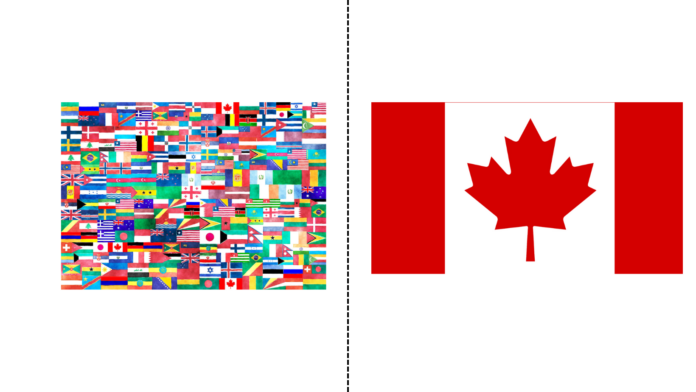

When the international representative of the St. Thomas University Students’ Union organized a game called Global Connections Challenge in the fall, she was hoping the speed-dating-style activity would break the ice between international and Canadian students.
“No one attended the event,” said Ana Lucia Pavón. “And the people who were participating were people who helped me organize.”
Despite all the brochure and website photos celebrating a multicultural experience at STU, some students organizing activities say there’s often a lack of synergy between international and domestic students. And now, several international students fear this lack of connection will impact turnout at the upcoming Multicultural Fair, an event that raises money for international scholarships and bursaries.
Pavón said even though the idea behind the fair is to introduce Canadians to global cultures and food, the reality is most participants are international, not domestic.
“I do not think that the expectations should be set high for domestic attendance for the Multicultural Fair this year,” she said. “It does certainly hit you in the gut for sure.”
And that, according to many students, signifies a bigger problem: that international and domestic students don’t mix as much on campus as they could.
Kensy Alonso had a Canadian roommate last year in her first year, and they didn’t get on well.
“Why? Because we’re really different and from different cultures, and even if we wanted to interact, it was very difficult,” said the second-year student from Honduras.
As the only international student in her wing at Harrington, she also can’t forget one early morning when she was using the lounge.
“One of the guys on the soccer team was opening the door of the lounge and he said, ‘Oh, I forgot this place was for everybody,’ and I just saw him. I just stared at him and then continued doing my work, and I totally ignored what he said, but it stayed with me.”
Alonso added that she has bonded with more Canadians since then and encourages them to attend events like Global Connections and the Multicultural Fair.
James Brennan, the Canadian liaison on the international students’ association, said one of the reasons he ran for the position is because he feels domestic students should help international students feel more at home.
“I’ve been interested in making sure that we do connect the community … making sure that international students feel welcome here because I know that sometimes that’s challenging.”
He said the key is participation in extracurricular activities.
“You shouldn’t be there just for classes. You should just be interacting and staying after school, which of course is not easy for everybody.”
While the third-year international relations student avoids saying there’s a gap between domestic and international students, he does believe that small gestures by Canadians can make a big difference.
“I think it’s when a second or third year student meets a new international student for the first time, and they think ‘welcome, you’re part of this community,'” he said. “You’re not just an international student. You’re a student. We’re all students.”
Organizers are still hopeful that the Multicultural Fair scheduled for March will attract a broader audience including professors, staff and STU alumni.
“Campus is really rich in culture,” said Pavón.
